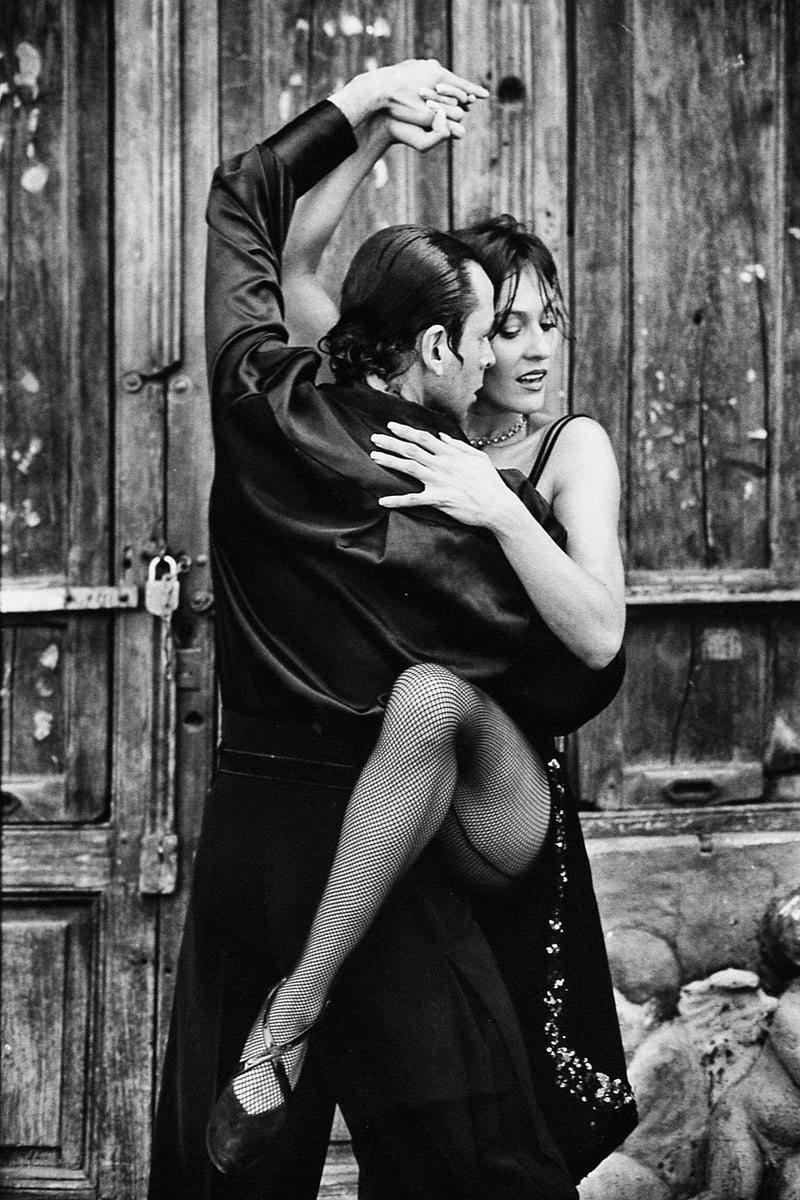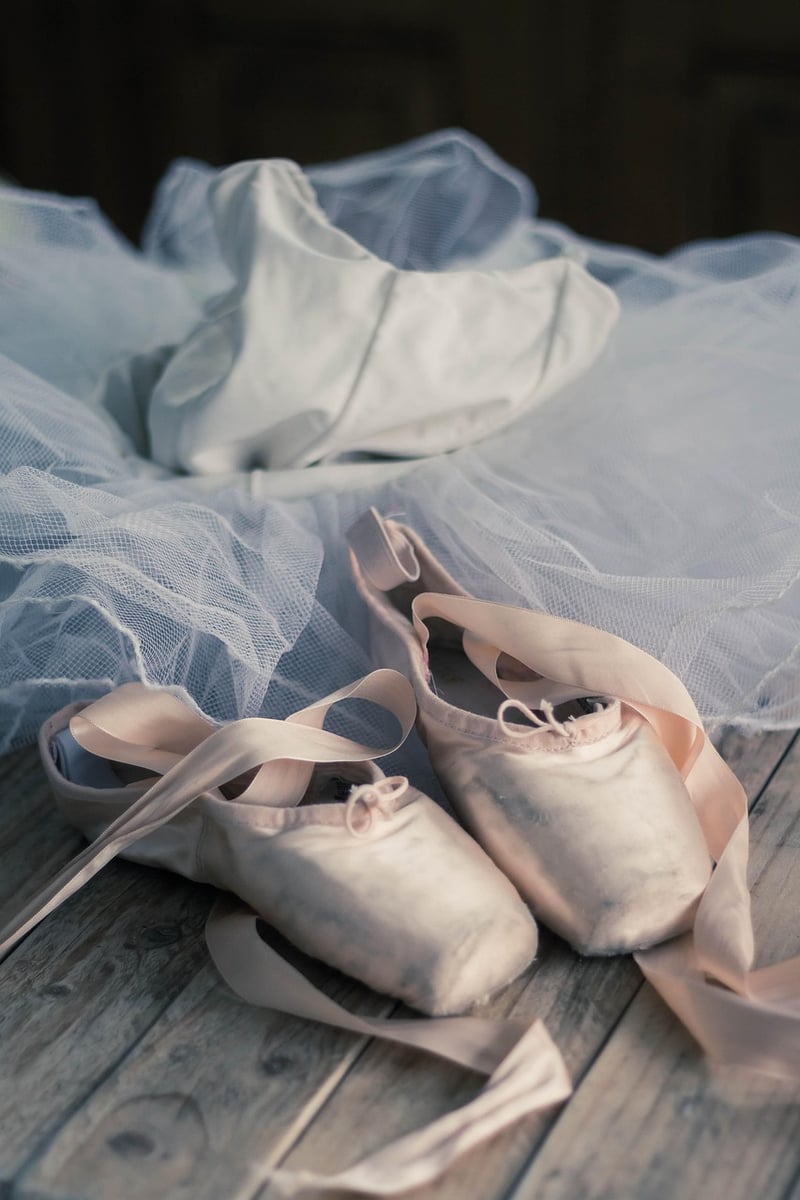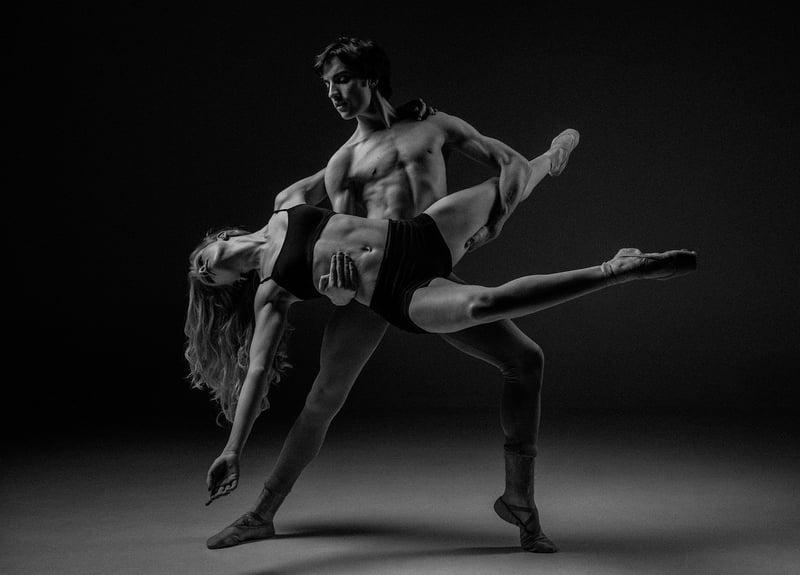Ballet
The Art of Expressive Movement and Ballet
Expressive movement and ballet are forms of art that captivate audiences with grace, elegance, and emotion. Both styles of dance require precision, technique, and storytelling through movement. Let's delve into the world of expressive movement and ballet to understand their beauty and significance.
Expressive Movement
Expressive movement is a form of dance that focuses on conveying emotions, feelings, and narratives through physical gestures. Dancers use their bodies to express a wide range of emotions, from joy and love to sadness and anger. This form of dance often transcends language barriers, allowing performers to communicate with audiences on a profound, emotional level.

Key Elements of Expressive Movement:
- Facial expressions
- Body language
- Use of space
- Rhythmic patterns
- Connection with music
Expressive movement is often seen in contemporary dance performances, where dancers explore innovative ways to communicate thoughts and feelings through movement.
Ballet
Ballet is a classical dance form that originated in the Italian Renaissance courts of the 15th century. It has evolved over the centuries into a highly technical dance style characterized by its graceful movements, precise footwork, and elaborate costumes. Ballet often tells stories through choreographed sequences of movements set to music.

Key Elements of Ballet:
- Turnout of the legs
- Pointe work
- Arabesques and pirouettes
- Graceful arm movements
- Use of ballet positions
Ballet performances often showcase the technical prowess and artistic expression of dancers, with each movement carefully crafted to convey a specific emotion or narrative.
Combining Expressive Movement and Ballet
When expressive movement is infused into ballet performances, it adds a new layer of depth and emotion to the storytelling. Dancers can convey intricate emotions through subtle movements, enhancing the audience's connection to the performance.
Whether performing a contemporary piece with expressive movements or a classical ballet with precise technique, dancers have the opportunity to express themselves and captivate audiences through the art of movement.
Experience the beauty and emotion of expressive movement and ballet by witnessing a live performance or taking a dance class to explore these art forms firsthand.
